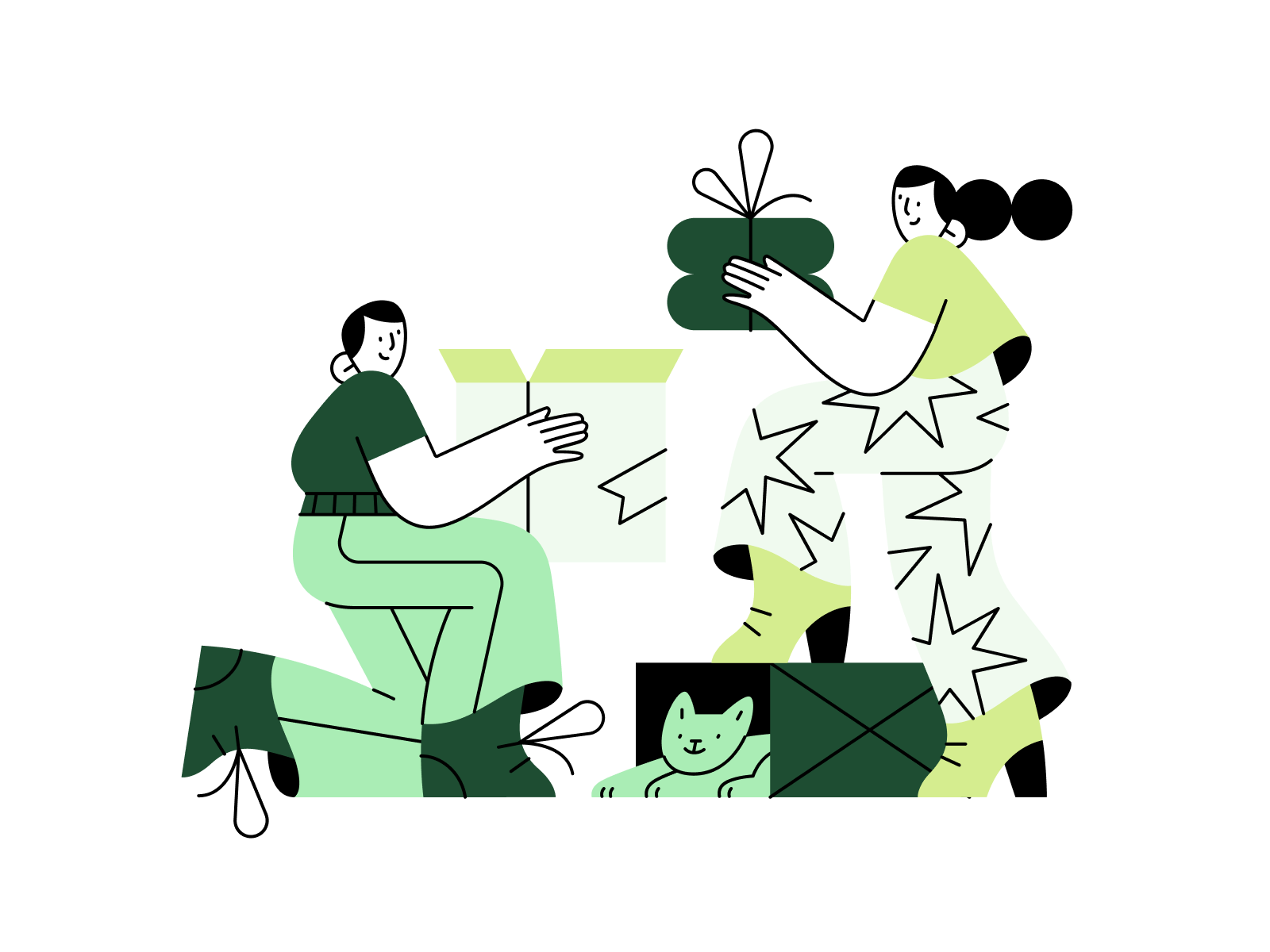
Speech & communication
by Hibi
Oct 4, 2023
You, or someone who knows your child well, may have noticed that your child is slower to understand words and language than other children. They might use few words, or have difficulty making certain sounds. It’snot uncommon for children and young people to have communication difficulties, both verbally and non-verbally.
If you were to raise this with a clinician, they might choose to refer you to:
- An audiologist, who can advise on aids to improve hearing
- A speech & language therapist, who can work to improve and develop communication skills
Speech & language therapy may be funded by your local authority, or a health trust (or privately). In a school setting, the speech and language therapy should be identified in your child’s education and healthcare plan.
For children who have difficulty talking, that doesn’t mean communication is not an option. Alternative and assistive communication (AAC) is the term used to describe the different ways that people are supported to communicate. AAC can range from printed picture symbols to high tech tools. Using AAC, we can increase positive interactions with those with communicationdifficulties, andprovide opportunities to understand and express. AACs allow for a more complete way of communicating that might include facial expression, body language, gestures, signs, symbols, writing, pictures and more.
As a parent, there are ways to support a child your child in their speech and communication, alongside the professional support mentioned above:
- Encourage gestures - that may include pointing and eye contact, or more developed non-verbal communication such as sign language and approaches like Makaton. We all communicate using gestures and sign in everyday life. Examples include waving to say hello, raising your hand to answer a question or shaking your head to indicate no. These are useful ways of getting our message across. Gestures are extremely effective ways of communicating that require only your child’s hands, without necessarily using speech.
- Reading & talking to them - the first step to learning language is listening, so exposing your child to communication is key. We all use objects of reference in everyday life as quick, simple yet effective ways to communicate. Introducing objects of reference as a communication system with your child can be a very effective, low cost and powerful tool for him/her to have their needs met.
- Use pictures & objects - associating pictures and objects with words can support your child in developing a communication system and language. One picture approach is the use of choice boards. For example, your child might have a collection of pictures on a board that represent their favourite things at home (activities, food, toys, etc.). If your child has already learned to make choices, a choice board can be used to show your child what is available and to help him or her choose what they want. Alternatively, you might want to use a communication book or device, with a higher number of images to help your child choose the option that they want.
- Respecting differences - encouraging communication can help a child succeed, but respect that learning language and how to communicate can take time. Don’t be afraid to follow their lead in how they wish to communicate
